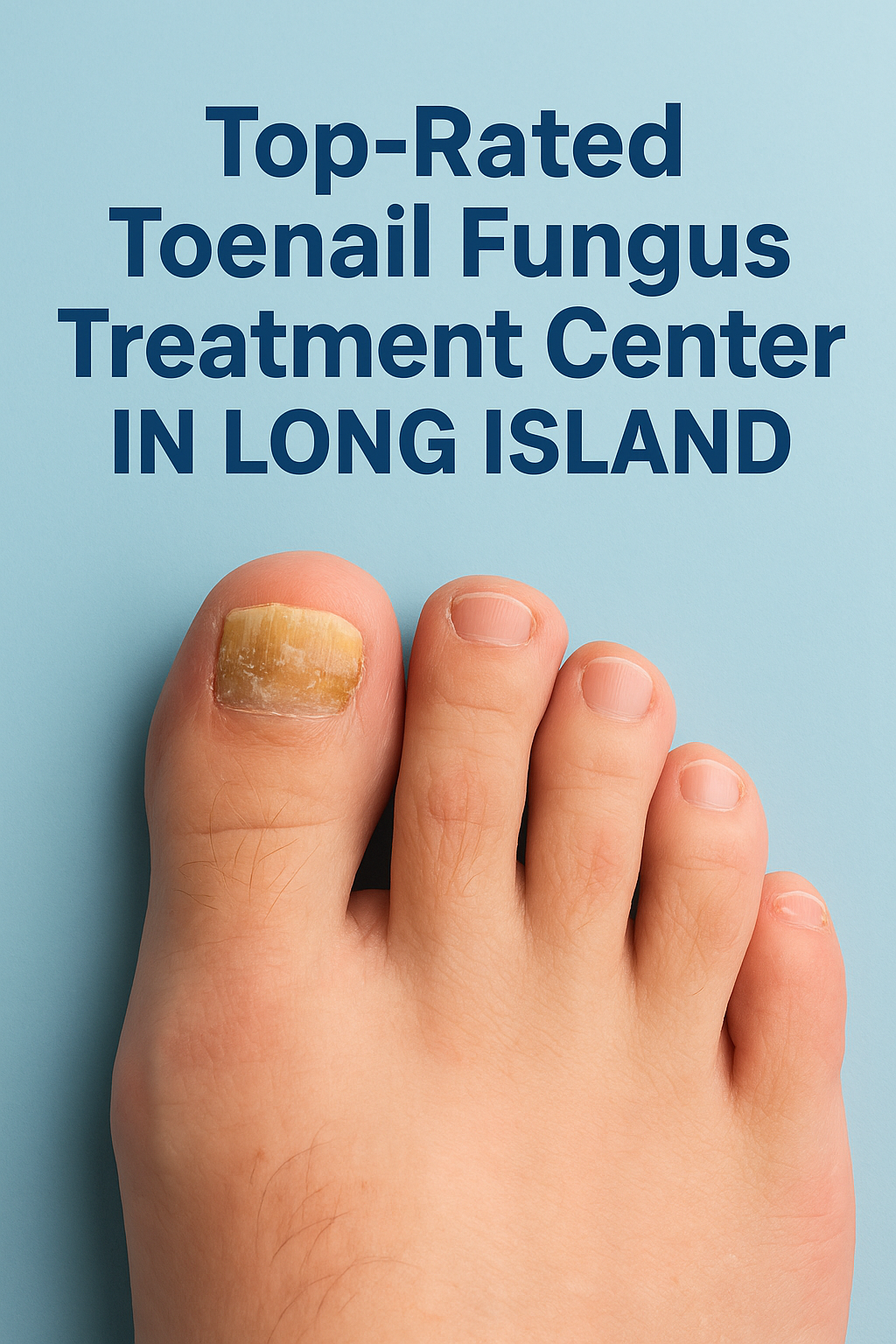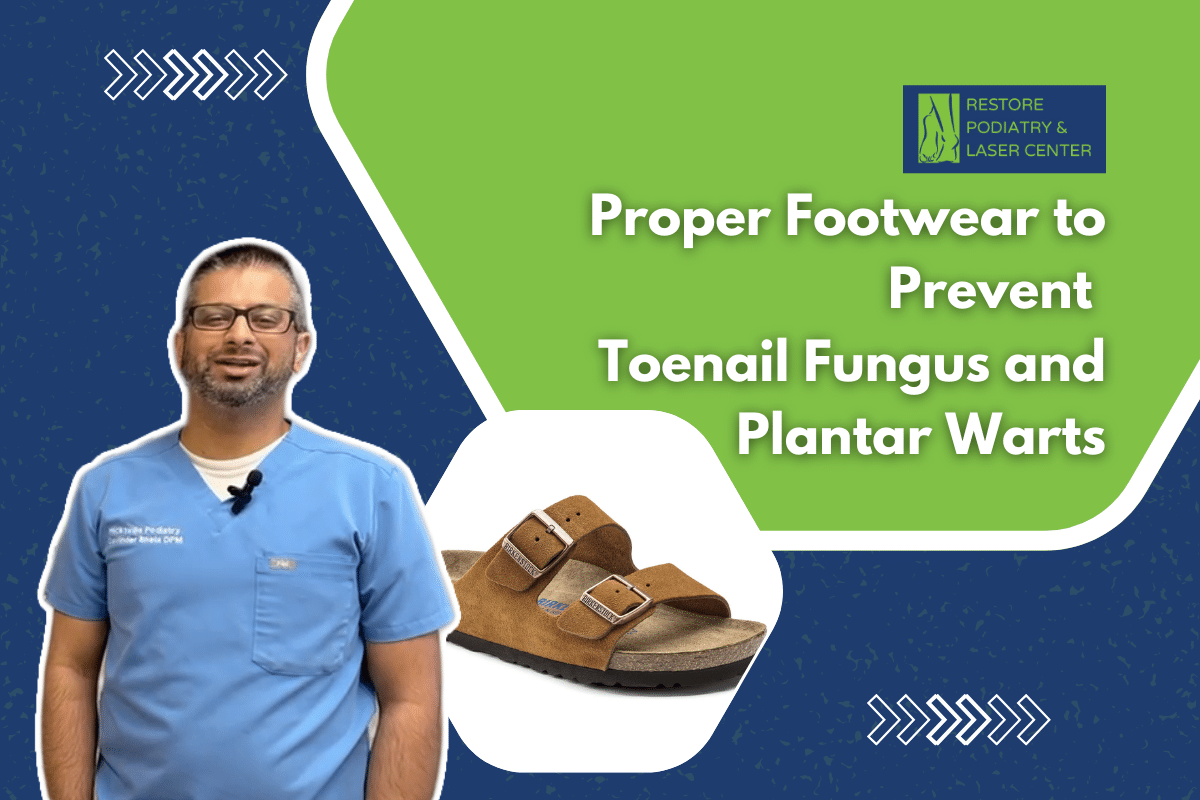

Have you ever considered how your shoes affect your feet? Proper footwear is important but often not taken into consideration while footwear selection. Our shoes are responsible for protecting our feet from common ailments such as toenail fungus, plantar warts etc.
Now, let’s see how the correct shoes will help in keeping the feet healthy and not trigger such uncomfortable ailments
Now, before we discuss prevention strategies, let’s know more about toenail fungus and plantar warts. Onychomycosis is a fungal infection that affects nails and leads to their discoloration, thickening, and brittleness. Plantar warts, on the other hand, are small, rough lesions that develop on the bottoms of the feet.
These warts, caused by the human papillomavirus (HPV), can become painful, especially when walking or standing. Both conditions are common and can be persistent, but they are preventable with proper foot care and hygiene practices.
You might be wondering, how exactly does footwear influence the health of your feet? Let’s break it down:
1. Moisture Control: It should be noted that the growth of fungi is prevalent in areas with high humidity levels. That is why wearing shoes that let your feet breathe and do not retain moisture is effective for avoiding toenail fungus.
2. Protection: Right shoes prevent foot injuries such as cuts and abrasions and even certain ailments like HPV, which results in plantar warts.
3. Support: Shoes that provide good support reduce pressure points and friction, which can help prevent skin breakdown and infection.
So, what should you look for when choosing shoes to keep your feet healthy?
Choose shoes that are made from material such as leather or mesh to enhance proper ventilation. These materials enable the air to pass through and minimize moisture, which leads to fungal growth on feet. Have you ever also observed that your feet feel less sweaty when you put on specific shoes? That explains the breathability factor.
Tight shoes are uncomfortable and may lead to formation of blisters, calluses, and ulcers that are prone to infections. Similarly, shoes which are too large create friction and some pressure is applied on different parts of the feet.
It is always important to wear shoes that fit you comfortably—your toes should not be cramped, but at the same time, your heel should not slide each time you walk.
Choose shoes that will provide you with proper arch support and the material that will act as a shock absorber. Not only does it enhance the comfort of walking, but it also aligns the pressure to all the parts of your feet.
Has it ever happened to you that you wore a shoe that did not have proper cushioning and support for your feet and felt uncomfortable and you ended up with sore feet? Well, proper support can make a big difference.
Make sure you are wearing breathable shoes and moisture-wicking socks to wear. This is excellent because these socks draw moisture from the skin and since fungus thrives in the moist environment, your feet will not be favorable for these fungi. Wool and synthetic blends are great choices for moisture-wicking socks.
If you’re wondering about how to prevent plantar warts on your feet, then you must understand that it’s not just about choosing the right shoes—avoiding common footwear mistakes is equally important.
As mentioned earlier, rotating your shoes gives them time to dry out and reduces the risk of fungal infections. Do you have a favorite pair of shoes you wear daily? Consider giving them a break to keep your feet healthier.
Foot pain is a sign that something isn’t right. Don’t ignore it! If your shoes are causing pain, they might not provide the support you need or be too tight or loose. Addressing foot pain early can prevent more serious issues down the road.
Investing in high-quality footwear is worth it. While cheap shoes might save you money in the short term, they often lack the support, breathability, and durability needed to keep your feet healthy.
Non-invasive laser treatment is an effective option for treating toenail fungus and plantar warts. This method uses concentrated light to target and destroy the fungal cells or wart-causing virus without harming the surrounding healthy tissue.
The laser’s heat penetrates deep into the nail or skin, eliminating the infection at its source. The Toenail Fungus Laser Treatment takes ten to twenty minutes for each foot.
This treatment is quick, usually painless, and requires no downtime, making it a convenient choice for many patients. Additionally, laser treatment can provide long-lasting results with minimal side effects compared to traditional methods like topical medications or cryotherapy.
For those patients who are suffering from plantar warts and are tired of trying the traditional methods, there are two sure-shot therapies that can work to remove plantar warts.
Swift Microwave Therapy is an advanced treatment designed to effectively eliminate plantar warts. This non-invasive procedure uses microwave energy to precisely target and disrupt the virus causing the warts. With an 83% success rate, Swift therapy is quick, usually lasting less than 10 minutes, involves minimal discomfort, and allows patients to return to their daily activities immediately.
The Clear Wart Program combines the benefits of Swift Microwave Therapy with a unique proprietary formula to deliver an exceptional success rate of 90 to 95%. This comprehensive approach starts with Swift therapy to weaken the wart and follows up with our special formula to ensure complete eradication. This personalized treatment plan addresses all aspects of the wart, offering the best chance for long-term relief and wart-free feet.
Proper footwear is a key component in preventing toenail fungus and plantar warts. You can significantly reduce your risk of these common foot issues by choosing breathable materials, ensuring a proper fit, and maintaining good foot hygiene.
Remember to rotate your shoes, avoid going barefoot in public areas, and pay attention to any signs of foot pain.
You should wear shoes that allow air circulation. Avoid tight shoes and opt for ones made from breathable materials like leather or mesh. Additionally, wear quick-dry socks to prevent your feet from sweating, which can help reduce the risk of fungal growth.
To protect your toenails from fungus, avoid walking barefoot on the floor, wash your feet daily, and trim your toenails correctly. Wear proper, vented shoes and clean them frequently. Use moisture-absorbing socks to keep your feet dry and reduce the risk of fungal infections.
To avoid plantar warts, do not walk barefoot, especially in public areas. Protect your feet by wearing comfortable shoes with proper cushioning and arch support. Enhance your immunity with a healthy diet and regular exercise. Keep your feet clean and dry to minimize the risk of viral infections.
Have any questions or concerns? Our team at Restore Podiatry is here to help! Reach out to us anytime, and we’ll be happy to assist you with expert advice and personalized care.